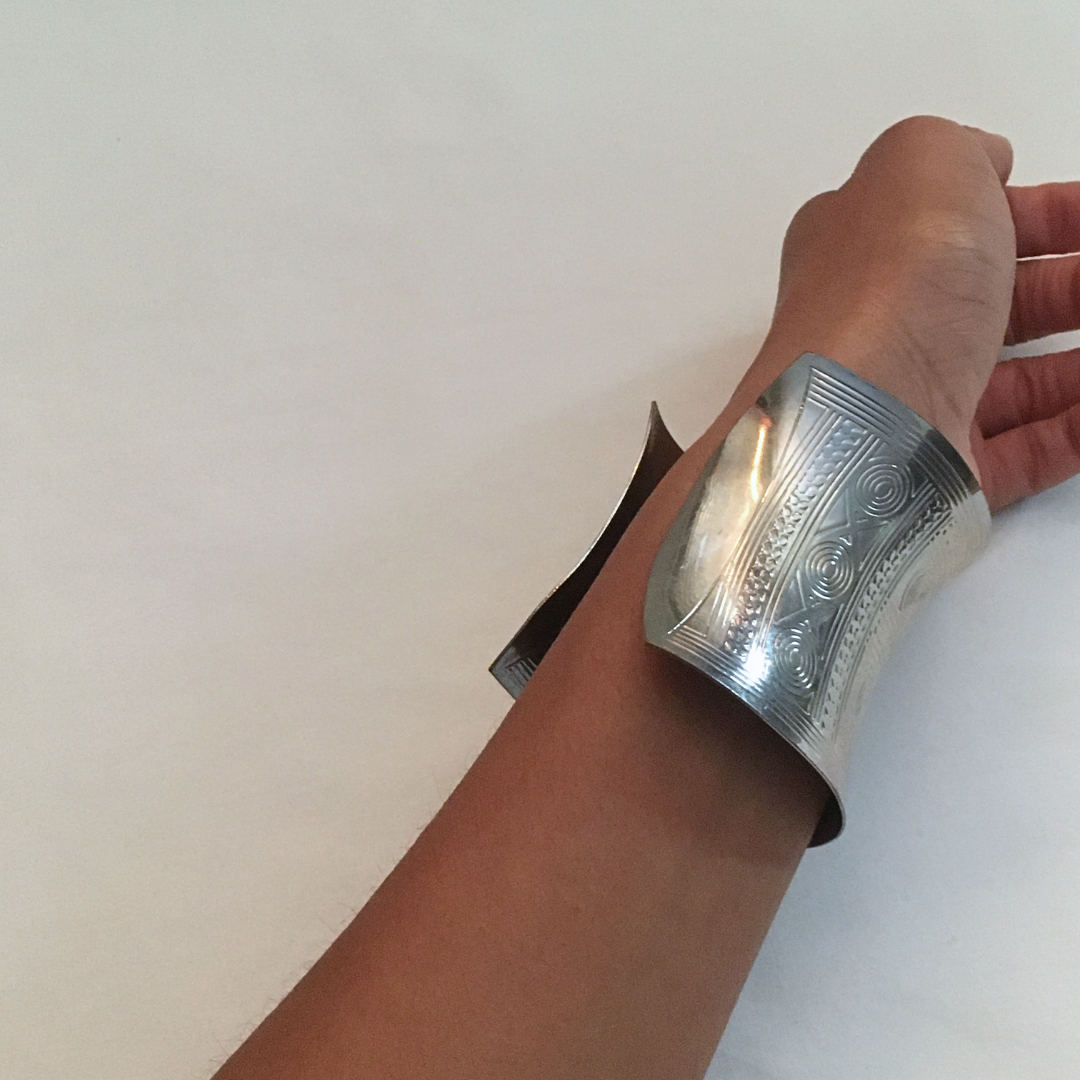Your cart is currently empty!
World PpPremiere ! Our digital doors are now open. Come through, look around, and take advantage of some free shipping before you head out ~ Valid through May 31, 2025

Afrika is a continent rich in diversity, not only in its people and cultures but also in its wealth of natural resources and materials. These materials have long played a significant role in the creative world, influencing art, fashion, music, and more across the globe. In this blog post, we will delve into the origin, history, and sources of Afrikan materials that have shaped the creative industries worldwide.
Afrika’s vast and varied landscapes provide a plethora of natural resources. From the deserts of the Sahara to the lush rainforests of the Congo Basin, the continent offers an abundance of materials that are unique to its regions. Traditional Afrikan societies have historically relied on these materials not only for survival but also as a means of artistic expression.
Textiles: Afrikan textiles such as kente cloth, mud cloth, and Ankara fabric have deep cultural and historical significance. These textiles are often made using locally sourced materials like cotton and dyes derived from native plants.
Wood and Ivory: Afrika’s rich forests have provided wood for sculpture and carving, while ivory, though controversial today, was historically used in art and jewelry.
Metals and Minerals: Afrika is home to a wealth of metals and minerals, including gold, silver, and copper, which have been used in jewelry-making and other crafts for centuries.
Ancient to Pre-Colonial Influence
The influence of Afrikan materials can be traced back to ancient times. Egyptian art and architecture, for example, heavily utilized locally sourced materials like papyrus, limestone, and gold. Afrikan art and craftsmanship from this era have left an indelible mark on global culture.
The Nok civilization in present-day Nigeria, known for its terracotta sculptures, and the Benin Kingdom, famed for its bronze and ivory works, are other examples of Afrika’s historical contributions to the arts.
Colonial Era to Independence
During the colonial era, Afrikan materials were often extracted and exported without fair compensation. However, this period also saw the spread of Afrikan aesthetics and materials to different parts of the world. Afrikan art began to influence European artists, seen in the works of Pablo Picasso and Henri Matisse, who drew inspiration from Afrikan masks and sculptures.
After gaining independence, many Afrikan nations sought to reclaim their cultural heritage. This resurgence led to a renewed appreciation and use of traditional materials in contemporary art and fashion.
Contemporary Sources and Influence
Today, Afrikan materials continue to inspire the creative world. The global fashion industry frequently incorporates Afrikan textiles and patterns, while contemporary artists draw on traditional techniques and materials to create innovative works.
In the modern era, there is a growing emphasis on sustainability and ethical sourcing of materials. Afrikan designers and artisans are at the forefront of this movement, promoting the use of locally sourced, eco-friendly materials in their works. The advent of globalization has fostered increased collaboration between Afrikan artists and international creatives. These partnerships have led to a fusion of styles and materials, enriching the global creative landscape.
The origin, history, and sources of Afrikan materials have profoundly influenced the creative world. From ancient artistry to modern collaborations, these materials continue to inspire artists, designers, and craftsmen across the globe. As we move forward, it is essential to honor and support the rich heritage of Afrikan materials, ensuring that they are sourced and used in ways that respect the continent’s people and traditions. Let us know your favorite Afrikan influenced works below.